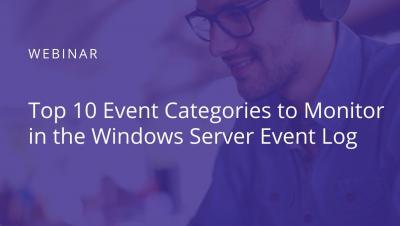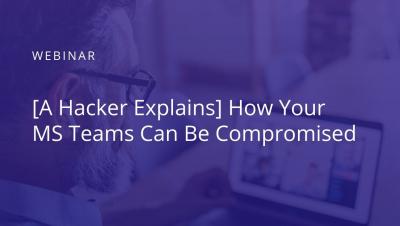SIEM Use Cases: Implementation and Best Practices
A security and information event management (SIEM) tool can be a valuable component of a mature security strategy. Indeed, effective SIEM solutions have been available for well over a decade. Organizations typically purchase SIEM tools expecting fast implementation and reliable security threat alerts that provide the intelligence required to respond promptly and prevent breaches. The reality is quite different.






